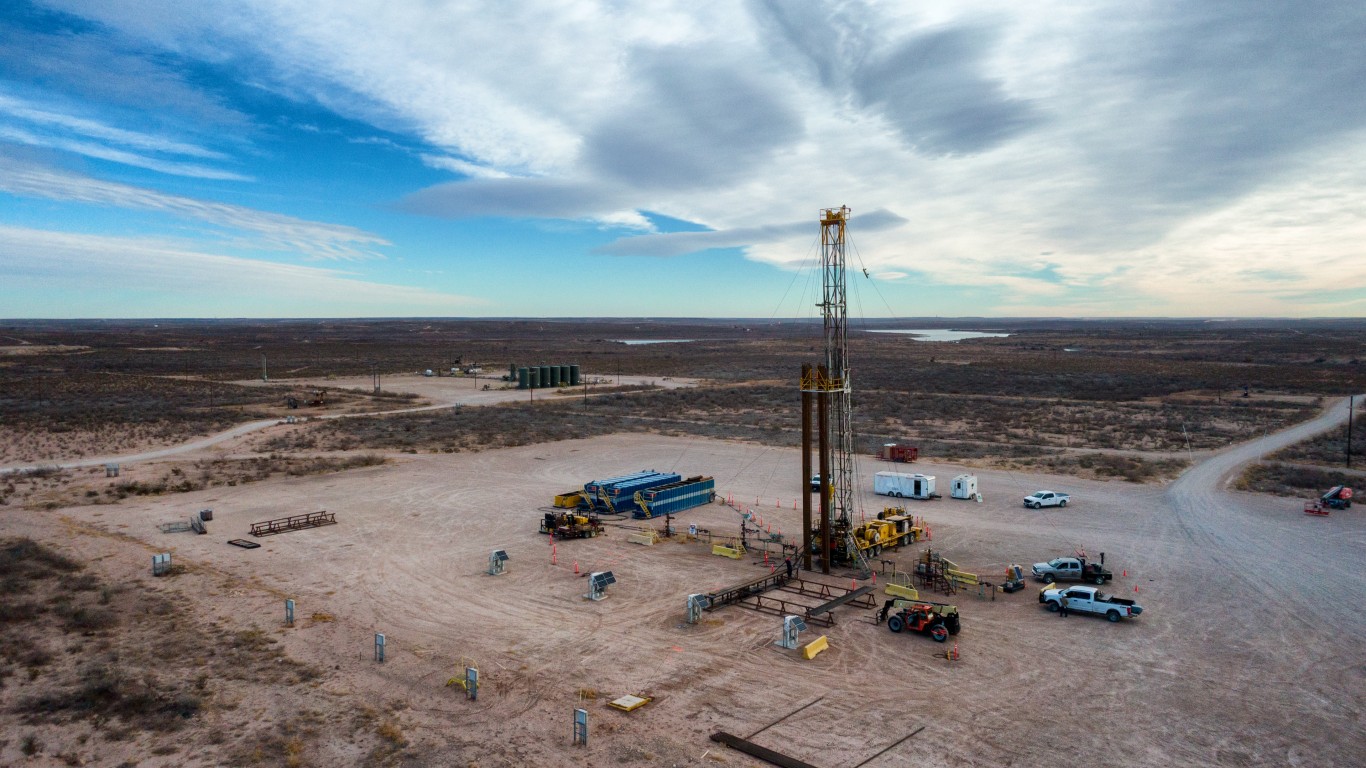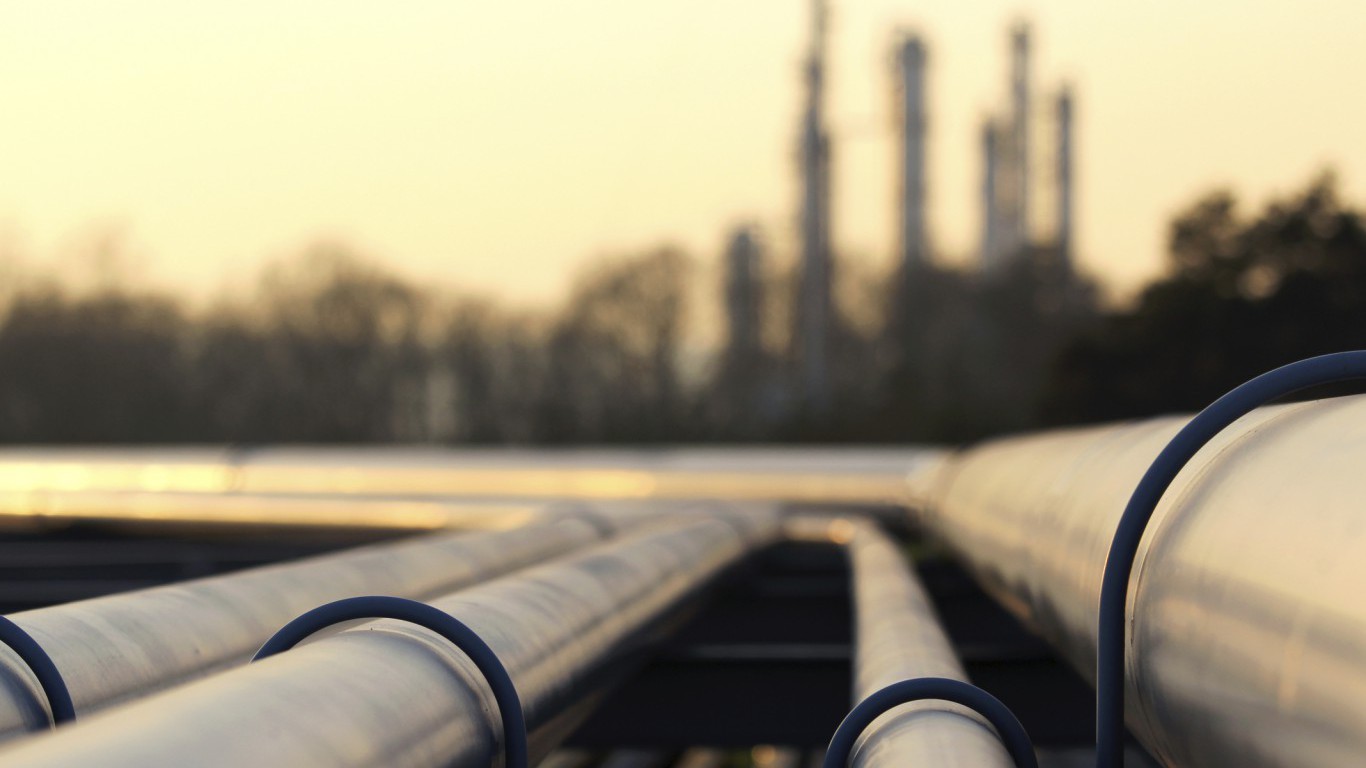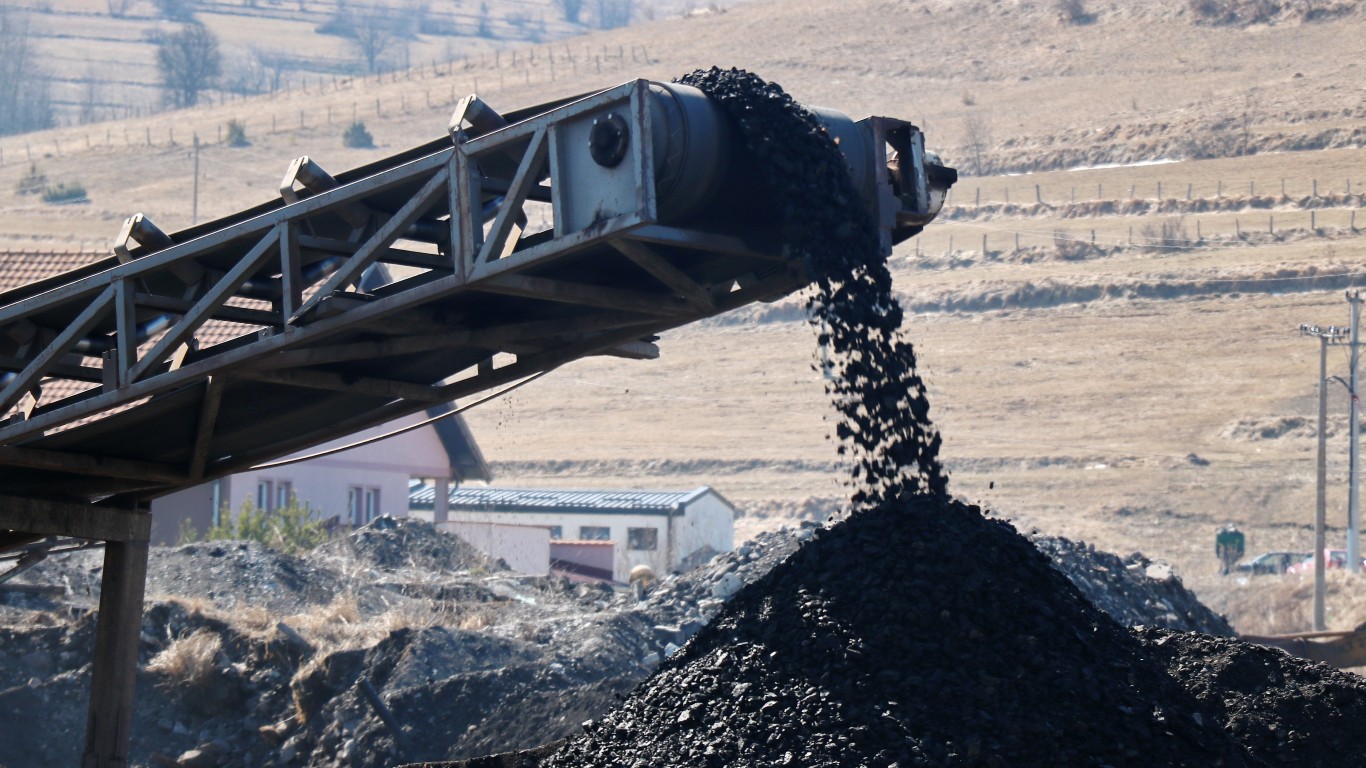
The U.S. Energy Information Administration (EIA) issues a monthly report detailing oil and natural gas production in the seven major U.S. production regions. Included in that report is a count of oil and gas wells that have been drilled but are not yet producing, called drilled but uncompleted wells, or DUCs. there were more than 8,100 DUCs at their peak in 2019.
At the end of this past April, there were 4,223 DUCs in those seven regions, 70 fewer than at the end of March. Those 70 wells had been “completed” during April. Completion refers to a complicated process that turns a hole in the ground into a producing oil or natural gas well. In U.S. shale basins, the completion process typically includes a well stimulation step that is referred to as hydraulic fracturing, aka fracking.
That fracking step includes forcing a concoction of water, chemicals and sand into the wellbore that expands under high pressure and forces the mixture into tiny cracks in the surrounding rock. The sand in the mixture props open the cracks, allowing the oil or gas to flow into a pipe and be pumped to the surface.
Pressure pumping is a requirement of fracking well completion, and there are companies that specialize in that business. While the largest of these is well-known, there are four others to which Stifel analysts have reiterated or initiated coverage with a Buy rating.
Halliburton
Halliburton Co. (NYSE: HAL) has divided its business into two segments focused on drilling and evaluation (D&E) and completion and production (C&P). In the first quarter of this year, C&P revenue was up 24% year over year, although flat sequentially. Supply constraints, especially fracking sand, and bad weather caused a dip in the unit’s margins. The company guided second-quarter C&P margins up 3.5% to 4% based on higher demand.
Stifel’s analysts said they “continue to expect sharply higher [C&P] margins over the next several quarters” and added:
Pressure pumping consolidation has led to frac companies being more disciplined with newbuilds and pricing. This has resulted in limited newbuilds, and when combined with sharply higher demand and fleet attrition, frac equipment is essentially sold out in U.S. land market.
In April, Stifel reiterated its Buy rating on Halliburton stock and raised its $42 price target to $47. At a recent price of around $41.80, the upside potential based on Stifel’s price target is 12.4%.
Liberty Energy
Liberty Energy Inc. (NYSE: LBRT) reported first-quarter revenue of more than $790 million, up nearly 44% year over year, less than half of which was due to higher pricing. The company avoided Halliburton’s problem with sand supply because it owns its own sand mines, and Stifel estimates that Liberty sourced 75% to 80% of its sand requirements from its own mines.
Stifel reiterated its Buy rating on the stock in April and raised its $18 price target to $21. At a recent price of around $17.30, the upside potential to Stifel’s target is 21.4%.
NexTier Oilfield Solutions
The $635 million in first-quarter revenue that NexTier Oilfield Solutions Inc. (NYSE: NEX) posted was a sequential increase of 24.5%. Completion services accounted for $602.6 million of the total. In its note on the company, Stifel again reiterated its belief “that tight pressure pumping supply/demand will drive frac prices higher.” The analysts continued:
In addition, improved industry dynamics strongly supported by Halliburton’s strong capital discipline, industry consolidation …, and we believe the lack of private equity funding [for] new capacity, should limit new capacity additions.
Stifel reiterated its Buy rating and raised the price target from $12 to $14. At a price of around $11.60, the upside potential based on Stifel’s price target is 20.7%.
ProFrac
ProFrac Holding Corp. (NASDAQ: PFHC) came public through an initial public offering last month. Stifel has initiated coverage on the company with a Buy rating and a price target of $24. The analysts cited a tight oil and gas market, rising well completion activity, “disciplined capital spending” throughout the entire completion sector and rising frack prices as reasons for its optimism.
Stifel also noted the high level of insider ownership (65.7%) and the limited free float (39 million Class A shares and 101 million Class B shares outstanding). Billionaire brothers Dan and Farris Wilks own almost 71% of the outstanding Class A shares and 96.4% of the outstanding Class B shares.
The stock has traded at around $14 a share recently, implying an upside of 71.4% to Stifel’s price target.
ProPetro
For its first quarter, ProPetro Holding Corp. (NYSE: PUMP) reported revenue of $282.7 million. That was a year-over-year increase of 75% and a sequential increase of 14.9%. Stifel’s analysts commented:
While supply chain challenges and elevated input costs remain a headwind, we believe strong demand and higher prices will help drive profitability higher in 2022-23. PUMP’s strong execution in the field should also underpin increased profitability.
The stock has a Buy rating. In May, Stifel raised the $16 price target to $19, implying an upside of 36.7% based on a recent price of $13.90 a share.
Take Charge of Your Retirement: Find the Right Financial Advisor For You in Minutes (Sponsor)
Retirement planning doesn’t have to feel overwhelming. The key is finding professional guidance—and we’ve made it easier than ever for you to connect with the right financial advisor for your unique needs.
Here’s how it works:
1️ Answer a Few Simple Questions
Tell us a bit about your goals and preferences—it only takes a few minutes!
2️ Get Your Top Advisor Matches
This tool matches you with qualified advisors who specialize in helping people like you achieve financial success.
3️ Choose Your Best Fit
Review their profiles, schedule an introductory meeting, and select the advisor who feels right for you.
Why wait? Start building the retirement you’ve always dreamed of. Click here to get started today!
Thank you for reading! Have some feedback for us?
Contact the 24/7 Wall St. editorial team.

 24/7 Wall St.
24/7 Wall St. 24/7 Wall St.
24/7 Wall St.



